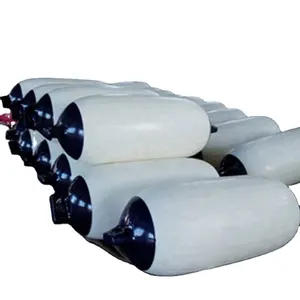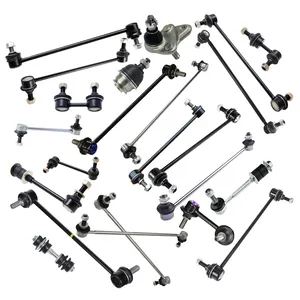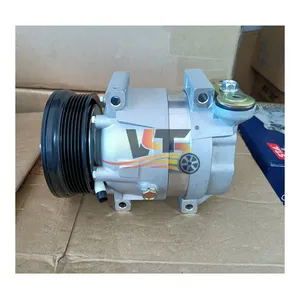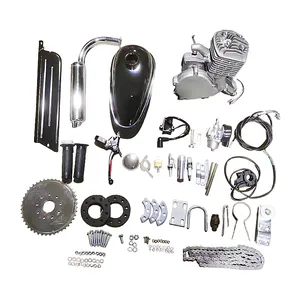Popular in your industry



































































Top categories
About injection plastic city bus seat
Introduction to Injection Plastic City Bus Seats
Injection plastic city bus seats are a cornerstone in the design and functionality of public transportation vehicles. These seats are crafted through a process known as injection molding, which ensures durability and comfort for passengers. The versatility of injection-molded seating solutions caters to various models and driving requirements, making them a pivotal component in the transit vehicle industry.
Types and Applications
There are multiple types of city bus seats available to meet diverse transit needs. From ergonomic designs that enhance passenger comfort to reinforced models that ensure longevity, each seat is tailored to enhance the commuting experience. These seats are not only used in city buses but can also be found in other commercial vehicles, serving as a testament to their adaptability and functionality.
Features and Materials
The construction of bus seats involves high-grade plastics that are resistant to wear and tear. These materials are chosen for their ability to withstand the rigors of daily use while preventing corrosion and static electricity build-up. Advanced features may include integrated safety systems, such as collision and lane departure warnings, which leverage machine vision technology for enhanced passenger protection.
Advantages of Injection-Molded Seats
The primary advantage of injection plastic seats is their robustness, ensuring a long service life even under frequent use. The non-contact methods used in certain seats for passenger counting exemplify the innovative integration of technology in modern public transport seating. Additionally, the ease of maintenance and resistance to various environmental factors make these seats a practical choice for city buses.
Choosing the Right Seat
Selecting the appropriate injection plastic city bus seat involves considering the specific needs of the vehicle and its passengers. It is essential to assess compatibility with existing systems to ensure seamless integration. While browsing through options, one may also encounter additional features such as reverse aid systems, which assist in detecting obstacles with camera surveillance for safer maneuvering.
Conclusion
In conclusion, the range of injection plastic city bus seats available caters to a broad spectrum of requirements and preferences. These seats are a testament to the innovation and thoughtfulness put into public transportation, aiming to improve the overall driving and riding experience. For those in search of reliable and adaptable seating solutions, exploring the variety of options is a step towards enhancing the efficiency and comfort of public transit vehicles.






















